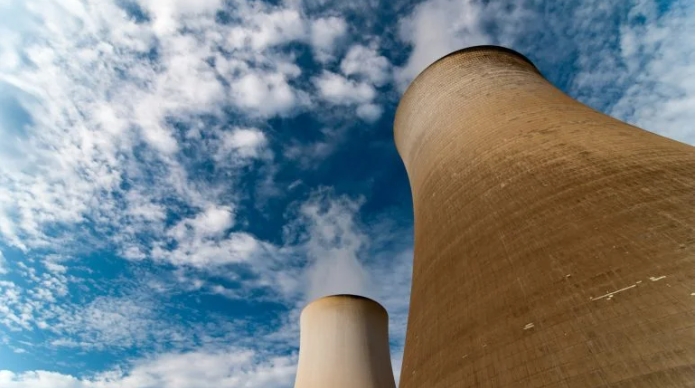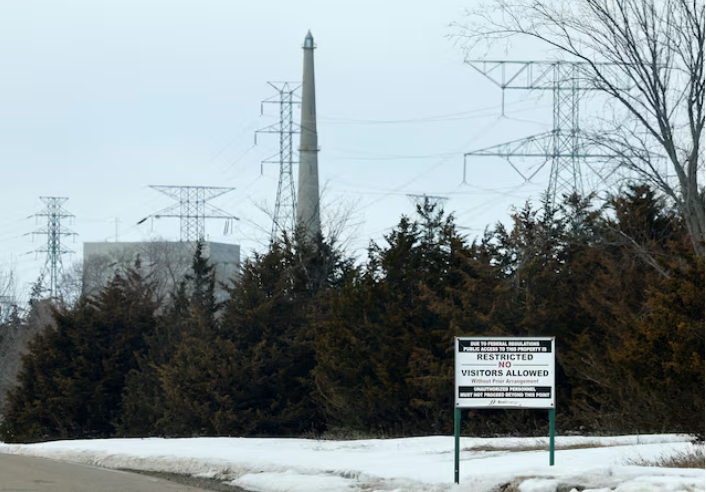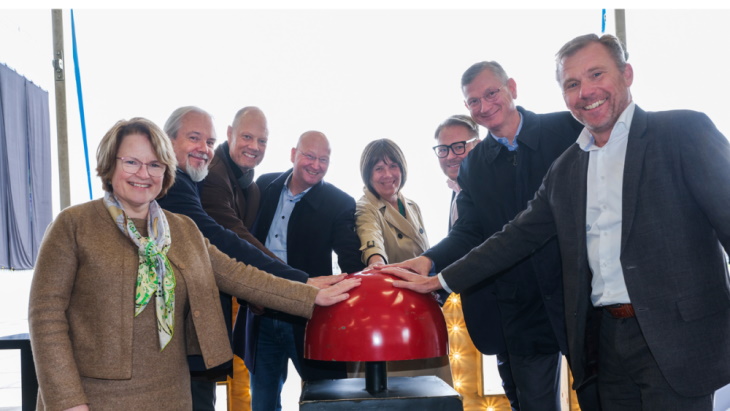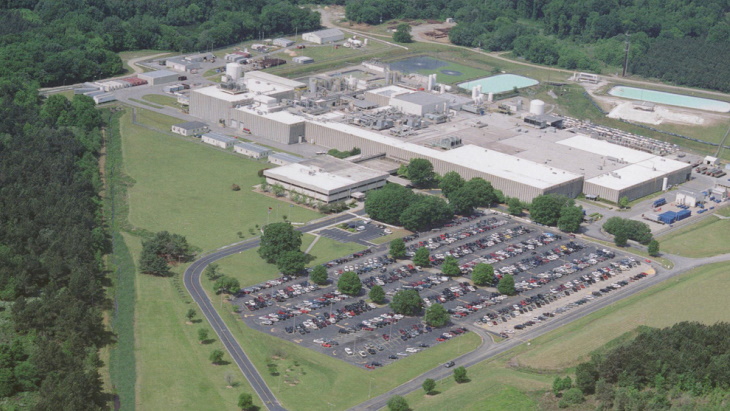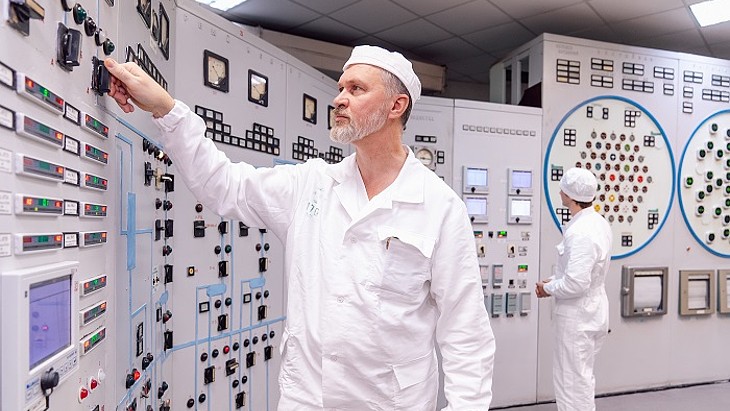Spain's Ministry for Ecological Transition and the Demographic Challenge (Miteco) has formally rejected Berkeley Energia's authorisation to build a uranium processing plant at the company's Salamanca project in western Spain.

The decision comes after the Nuclear Safety Council (NSC) in July released an unfavourable report on the grant of the Authorisation for Construction for the plant as a radioactive facility NSC II. Miteco said CNS explained that its assessment “responds to the poor reliability and high uncertainties in the safety analysis of the radioactive facility in geotechnical and hydrological aspects”.
Berkeley submitted a supplementary Improvement Report with arguments addressing the issues raised by the CNS and requested a reassessment. Berkeley also submitted additional documentation to Miteco in August, emphasising the project's compliance with all requirements for the NSC II. However, Miteco said: “Given the binding nature of the CSN report, due to its negative nature with respect to the request presented by Berkeley, and once the hearing process for interested parties opened on July 21 was cleared, Miteco has denied authorisation to build the nuclear facility.”
Following the decision, Berkely stated: "As previously reported, Berkeley strongly refutes the NSC's assessment and, in the company's opinion, the NSC has adopted an arbitrary decision with the technical issues used as justification to issue the unfavourable report lacking in both technical and legal support."
Berkeley had asked Miteco for access to files associated with the relevant construction and dismantling and closure authorisations for previous radioactive facilities. Based on those files, it said, "it is clear that Berkeley, in its NSC II submission, has been required to provide information that does not correspond to: (i) the regulatory framework, (ii) the scope of the current procedural stage (i.e. at the NSC II stage), and/or (iii) the criteria applied in other licensing processes for similar radioactive facilities).
Berkeley therefore considers that the CSN had acted in a discriminatory and arbitrary manner when assessing the NSC II application for the Salamanca project. The company added that the Improvement Report had not been taken into account or sent to the CSN for assessment, as requested by Berkeley on multiple occasions. The company added it will "immediately consider the range of legal options available to it in relation to the adverse resolution by Miteco”. The company’s share value fell significantly following Miteco’s decision.
The Salamanca project has 59.8 million pounds U3O8 (23,000 tU) of measured and indicated resources as well as inferred resources of 29.6 million pounds of U3O8. According to a 2016 feasibility study, it would be capable of producing an average of 4.4 million pounds of uranium a year at a cost of $13.30 per pound over an initial 10-year period.
Preparatory site work began in 2016, and work began on road realignment and a power line upgrade ahead of main construction. The Municipality of Retortillo in 2020 issued Berkeley Energia a land use permit, known as an Urbanism Licence, for construction works at the project, leaving the NSC II as the only outstanding approval required for full construction to begin. However, several environmental groups filed appeals against the company’s licences and permits, while politicians in both Spain and neighbouring Portugal had opposed the project.
Meanwhile, cryptocurrency company CiRN token said on 29 November that it had taken over Berkely Energia, noting that its prime asset is the Salamanca uranium deposits. CiRN said it “aims to utilise ionisation of radiation without mining, without waste, to convert radiation to electricity”. CiRN said it owns three historic uranium deposits in Quebec, Canada; over 13 historic iron deposits in Quebec Labrador Trough; and over 17 historic uranium occurrences in Saskatchewan, Canada.
According to its website, CiRN is working to utilise “insitu resources near population centres as insitu flow batteries, iron flow batteries and uranium flow batteries with resulting utility fees and energy distribution payments from the clean flow batteries energy production to be made in CiRN only.”
